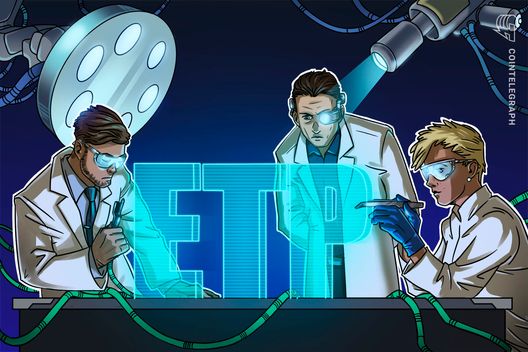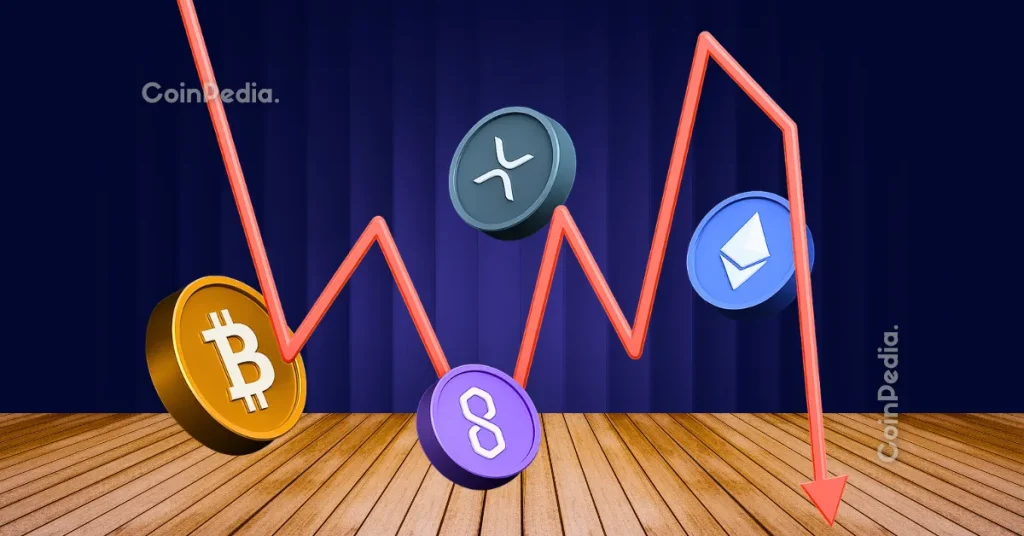
The post Swift Partners with Over 30 Major Banks to Build Ethereum-Powered Blockchain Ledger appeared first on Coinpedia Fintech News
Swift, the global payment giant, has announced plans to integrate a blockchain-based shared ledger into its global payments network.
Backed by over 30 leading financial institutions and powered by Consensys’ Ethereum technology, the initiative marks one of Swift’s biggest moves yet to modernize payments and fight the rising influence of stablecoins.
Swift’s Blockchain Project Takes Shape
Swift unveiled the new ledger at its Sibos conference in Frankfurt.
The new ledger is already in development, with over 30 banks and financial institutions collaborating on its design. The first focus will be on real-time cross-border payments, with ConsenSys building the initial prototype.
The new ledger will enable banks to move regulated, tokenized assets safely across digital ecosystems. Swift provides the infrastructure, while banks decide which tokens to use. Built as a secure, real-time transaction log, the ledger will record, sequence, and validate payments while enforcing rules through smart contracts.
Designed for interoperability with both existing and emerging networks, it preserves the trust, resilience, and compliance that are central to Swift’s global financial operations.
Ethereum Layer 2 in Play
While Swift has not shared full technical details, reports suggest the project is experimenting with Consensys’ Ethereum Layer 2 solution, Linea. This could help deliver faster, cheaper transactions while scaling to meet the needs of Swift’s global network.
“Through this initial ledger concept, we are paving the way for financial institutions to take the payments experience to the next level, with Swift’s proven and trusted platform at the centre of the industry’s digital transformation,” said Swift CEO Javier Pérez-Tasso.
Major Banks Back Swift’s Ledger
Banks from 16 countries are actively helping Swift design its new ledger. Once development and the proof of concept are complete, Swift will work with its global community on full implementation.
The group of participating banks includes major players like Bank of America, Citi, HSBC, JP Morgan Chase, Deutsche Bank, Banco Santander, Wells Fargo, Standard Chartered, and many more across the Americas, Europe, Asia, and the Middle East.
Swift To Counter Stablecoins
Financial Times reported that Swift is developing its own blockchain to compete with the growing stablecoin sector.
Last week, Swift said it is improving fees and offering predictable, instant retail payments with no hidden costs to better compete with stablecoins. According to a report from McKinsey, stablecoins pose a direct challenge to traditional payment networks like Swift.
Building on Two Years of Testing
Swift’s new ledger builds on two years of digital asset testing. It will connect both public and private blockchains, aiming for greater interoperability across financial networks.
These steps are part of Swift’s goal to make payments easy and reliable, whether using traditional money or digital assets. Last week, it also introduced new rules for existing payment rails to make global transfers faster and more predictable for consumers and small businesses.
Seamless, Multi-Currency Digital Payments
Several leading banks have praised Swift’s new blockchain ledger. They highlight its potential to improve standards and interoperability, making multi-currency settlements easier and connecting different blockchain systems with existing payment networks.
The initiative is also seen as a step toward standardizing tokenized money and integrating digital assets, creating a smoother, more unified payments network for banks and their clients.

 2 months ago
7631
2 months ago
7631

 (@ChrisBarrett)
(@ChrisBarrett) 












 English (US)
English (US)